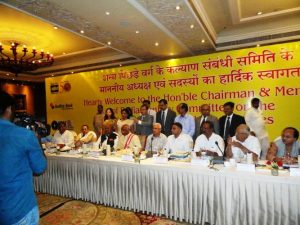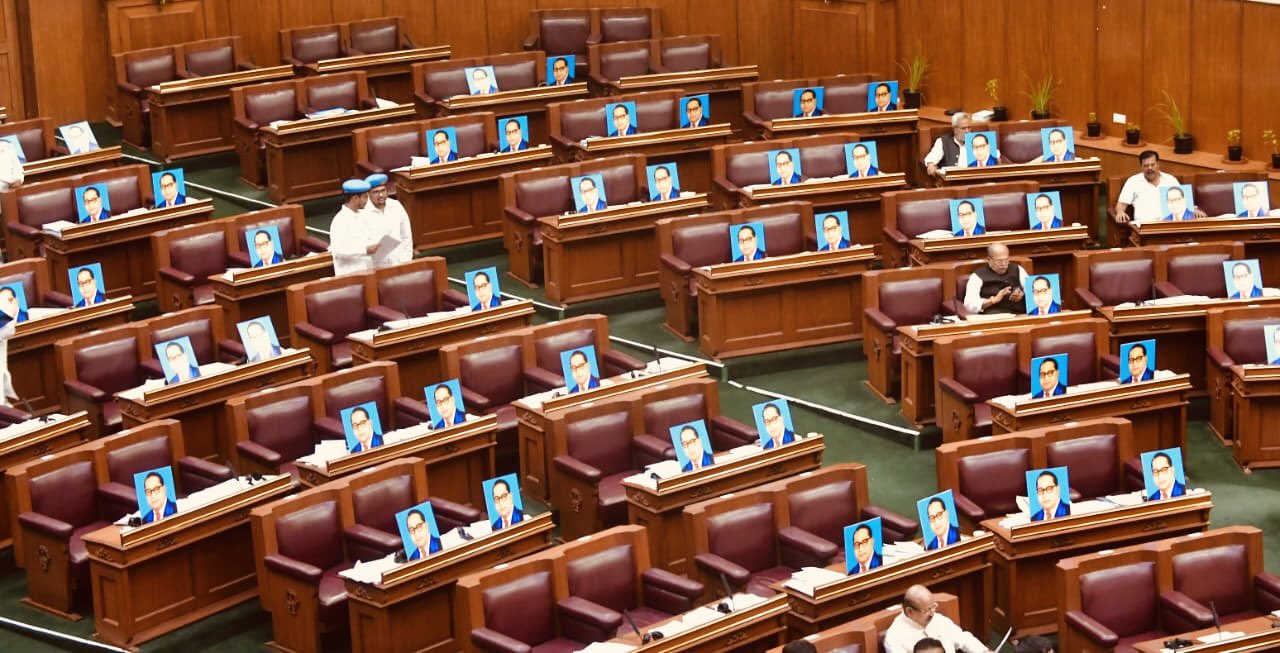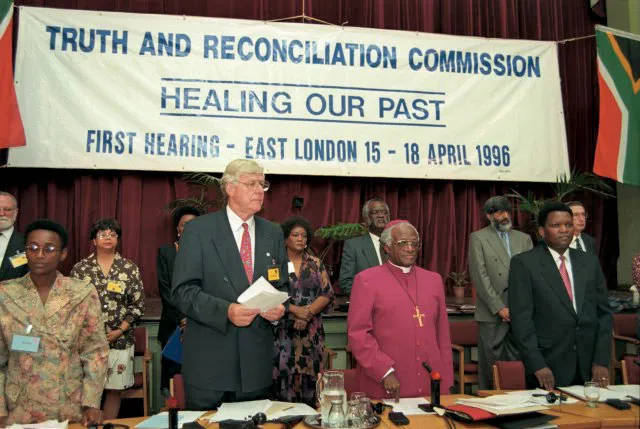
A news item titled “They cleared UPSC, but face disqualification” published in The Hindu, Chennai, of 25 June should be an eye-opener to the OBCs. The newspaper reported that the Union government’s Department of Personnel and Training (DoPT) had allocated services or cadres to 902 of the 1078 candidates who cleared the Union Public Service Commission (UPSC) Civil Services examination 2015. Among those were left out in the cold, 120 were OBC candidates whose OBC status has been rejected. The final list of disqualified candidates was to be released shortly. The parents of 35 of them were employed in PSUs. Many of them had resigned from their jobs, secure in the knowledge that their children would be appointed in the central government or All India services. The news report says that the OBC status of wards of PSU employees, including those working as peons, clerks and assistants, has been rejected. The reason DoPT gave was they could not identify posts/class in PSUs equivalent to posts/classes in the government and hence had decided to use income to determine eligibility. The result is that sons and daughters of public-sector-bank and insurance-company employees are being denied OBC status because the annual income of their parents exceeds Rs600,000. To put things into perspective, by the time of his retirement, a peon in the Reserve Bank of India draws a salary of around Rs700,000 a year. The DoPT said that the PSU employees would be treated on a par with businessmen and private-sector employees whereas the government employees would be treated differently. The news story also says that the DoPT will conduct a review of the wards of all those PSU employees who joined service from 1993 onwards (reservations for OBCs in central government jobs was provided through an order dated 8 September 1993 of the DoPT).
To understand the implications of this decision, let’s go through the provisions regarding the creamy layer. In the Indra Sawhney/Mandal case, the Supreme Court ruled that only such OBC candidates whose parents did not fall within the category of creamy layer would be eligible for reservations. The central government then constituted a “committee of specialists” to identify the creamy layer. On the basis of the recommendations of the committee, the DoPT defined creamy layer in its order dated 8 September 1993. Class one of the creamy layer includes holders of Constitutional positions. Class two includes three categories: A) Directly recruited Group A/Class I officers of all India, central and state services; B) Directly recruited Group B/Class II officers of central and state services; and C) Employees in Public Sector Undertakings, etc. The A and B categories are divided into sub-categories. There are five sub-categories a, b, c, d and e in category A. The sub-category e is further sub-divided into (a) and (b). According to clauses II (A) (a), (b) and (c), those whose both parents are Class I officers and one of whose parents is a Class I officer or both are Class I officers but one has died or has had to quit his job due to permanent physical incapacitation are included in the creamy layer. There are similar provisions in II (B). The rules say that those earning above Rs100,000 per annum belong to the creamy layer. But the income criterion does not apply to categories II(A) and II(B). Their eligibility or otherwise is determined by the posts the officers are holding. But in the case of category II(C) (employees in PSUs, etc), the rules say, “The criteria enumerated in A and B above in this Category, will apply mutatis mutandis to officers holding equivalent or comparable posts in PSUs, Banks, Insurance Companies, Universities, etc and also to equivalent or comparable posts or positions in private employment. Pending the evaluation of posts on equivalent or comparable basis in these institutions, the criteria specified in Category VI below will apply to officers in these Institutions”. Category VI includes persons with an annual income of Rs100,000 or above. This order was issued in 1993. In the 23 years since then, the government has not been able to identify posts in PSUs, banks, insurance companies, universities, etc and in the private sector equivalent to or comparable with posts in state and central governments. That is why the income criterion is being used to judge their eligibility. That’s not all. The government has also said that the appointments made from 1993 to date of all persons under the OBC quota whose parents were employed in the public sector will be reviewed. The government wants to punish the officers of the OBC category for its own lapses. As the newspaper report says, today, even peons in RBI are drawing Rs 700,000 per month and their wards will also fall within the creamy layer.

According to the aforementioned order, “The income criteria in terms of rupees will be modified, taking into account the change in its value every three years. If the situation, however, so demands, the interregnum may be less.” But the first revision took place ten years later – on 9 March 2004 – when the limit was raised to Rs250,000. The next came on 14 October 2008 – about four and a half years later, when it was pegged at Rs 450,000. The last revision was done on May 16, 2013, when the limit was raised to Rs 600,000. This remains in force to date. Thus, in the last 23 years, instead of at least seven, only three revisions were made. In 2005, the National Commission for Backward Classes suggested to the central government that the limit should be increased to Rs 1 million per annum. The government has yet to take a decision on the suggestion. Had the present and the earlier governments enhanced the income limits “every three years”, as mentioned in the order, the sons and daughters of OBC PSU employees would not have landed in trouble today. The OBC organizations should demand that the income limit to separate the affluent OBCs from the others should factor in the depreciation in the value of rupee over the past 23 years. This is for the immediate future. In the long term, they should demand that the OBCs should be given reservations on the same terms and conditions as SCs and STs. The rules should be uniform for all the three categories. OBCs should also get exemption from payment of examination fees and concessions in upper age limits as just as SCs and STs do. Just as there is no creamy layer for SCs and STs, there should be none for OBCs. Necessary legal and Constitutional changes should be made to do away with the provision of creamy layer.
A talking point in Parliament
On 25 July, in Lok Sabha, the MPs of the Rashtriya Janata Dal and Samajwadi Party raised the issue of the “creamy layer” provision being used against candidates who had cleared the UPSC Civil Services examination. When they termed this a conspiracy against the OBCs, the government assured them that none of the rules about the “creamy layer” had been changed and that it had gone by the rules of 2004. Union Home Minister Rajnath Singh said the government had brought the incomes of the parents of these candidates into question so that their recruitment did not become a matter of litigation in the future.




